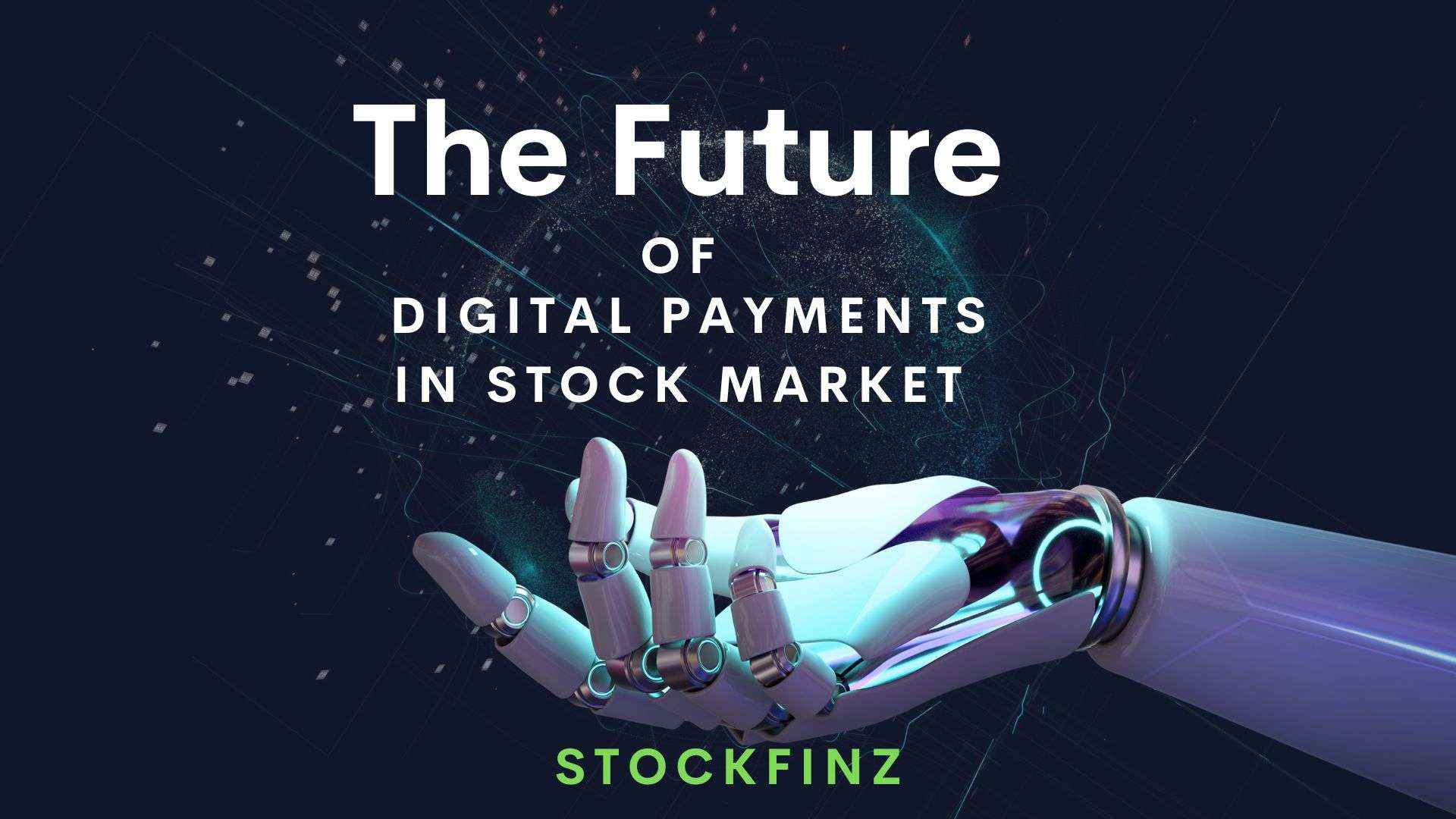
We all know how the stock market across the globe is increasingly embracing Blockchain technology as an advanced mode of digital payments. The Securities and Exchange Board of India (Sebi) is looking into how new modes of digital payments such as blockchain or cryptocurrencies can be used in the Indian stock market. Once used, we all can leverage the inherent capabilities as the foundation for market transactions.
The Committee on Financial and Regulatory Technologies (CFRT) is an advisory group that Sebi has recently established to carry out research on the block.
The future of these digital payments is sure to promise transformative changes. These can reshape the way we conduct stock market transactions. So, let’s dive deeper into the pool of insights and know all recent trends and developments about this topic in detail:
Cryptocurrencies and Central Bank Digital Currencies (CBDCs)
New types of digital money and digital payments are introduced by the emergence of cryptocurrencies like Bitcoin and the creation of CBDCs by central banks. These have the potential to improve cross-border transactions and financial inclusions. However, these also raise concerns about security, privacy, and regulation for fintech companies.
Also Read: Emerging trends in stock market
Contactless and Mobile Payments
Mobile wallets and NFC-enabled contactless payment options are quickly becoming standard. It is anticipated that this tendency will continue, providing ease and obviating the need for tangible cards or currency.
Biometric Authentication
To ensure a smooth and safe user experience, enhanced security features like biometric authentication (facial recognition, fingerprint authentication) are increasingly being integrated into digital payment systems.
Blockchain and Smart Contracts
With its transparency, security, and quick settlement features, blockchain technology is probably going to be a big part of digital payments. Payment procedures might be automated with smart contracts, cutting out middlemen using the payment innovations associated with Blockchain.
Integration of the Internet of Things (IoT)
As more gadgets are linked to the internet, IoT-enabled payments may proliferate, enabling machines and other objects to start transactions on their own.
Decentralized Finance (DeFi)
Decentralized lending, borrowing, and trading alternatives are provided via blockchain-based DeFi platforms. Due to their more broad and open access to financial services, these have the potential to upend established financial systems.
AI and Personalization
To assist consumers in making wise decisions, artificial intelligence may be utilized to analyze transaction trends and offer individualized financial insights.
Cross-Border Payments
By streamlining cross-border transactions and cutting costs and processing times, digital payment innovations may promote more international trade.
E-commerce and In-App Payments
The demand for easy and safe digital payment solutions is being driven by the expansion of e-commerce and mobile apps.
Data Privacy and Security
As more people use digital payments, worries about cybersecurity and data privacy will grow. It will be essential to strike a balance between security and ease.
Financial Inclusion
By extending financial services to underbanked and unbanked populations, digital payments have the potential to improve people’s quality of life and economic opportunity.
Regulation and Compliance
In order to guarantee consumer protection, stop fraud, and preserve stability, governments and regulatory agencies will be crucial in determining the direction of digital payments in the future.
The bottom line
The future of digital payments is dynamic and complex, influenced by evolving regulations, shifting consumer behaviors, and technological advancements. Realizing the full potential of digital payment solutions such as cryptocurrencies and Blockchain, one can foresee a better future. Till then, the authorities shall require cooperation between industry stakeholders, legislators, and technology providers as these trends continue to develop.
Also Read: How blockchain can be a cost-effective solution to achieve global supply chain transparency
Frequently asked questions about the future of Digital Payments
What is a digital payment Index?
A digital payment index, regulated by RBI, measures the amount of payments being digitized across the nation. The index varies from time to time.
What is the current digital payment index of India?
By the end of September 2023, the RBI’s Digital Payments Index (RBI-DPI) was 418.77, up from 377.46 in September 2022 and 395.57 in March 2023. The index consists of five main factors that allow the penetration and depth of digital payments in the nation across various time periods to be measured.
How can I buy stocks using crypto as digital payments?
Since cryptocurrency equities are traded similarly to traditional stocks, investors with experience in the stock market can purchase them easily. Online brokerages and trading platforms that provide access to stock exchanges where these securities are listed can be used to purchase and sell these stocks.
What are the benefits of digital payments in Stocks?
The major benefits include a decentralized system, safe and foolproof transactions, minimal or no transaction fees, and better trading chances.
Which is the best crypto to invest in?
While there are plenty, some of the major ones include Erethrum, Binance Coin, Solana, and Ripple.
